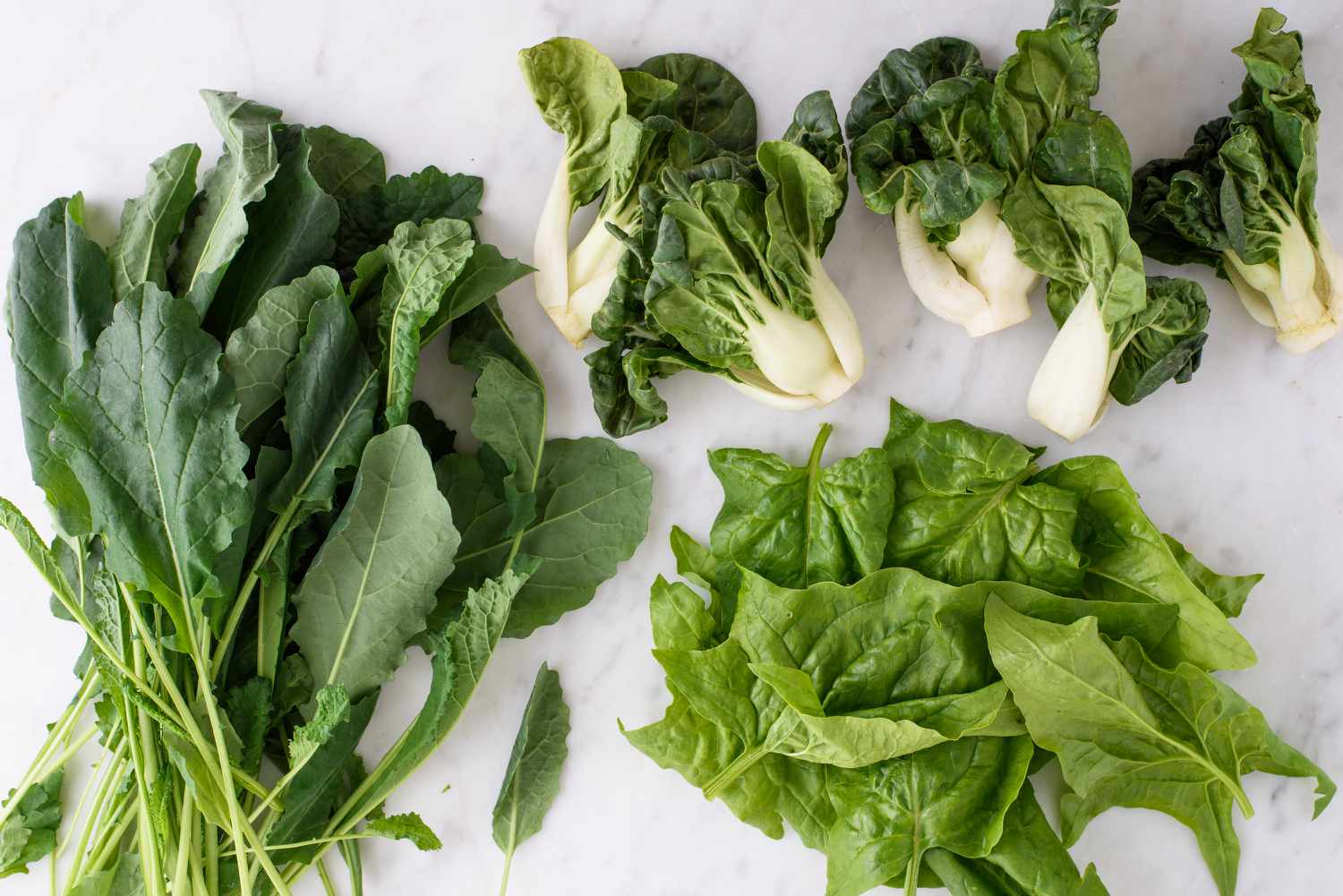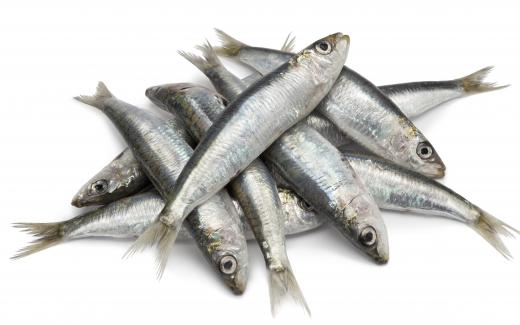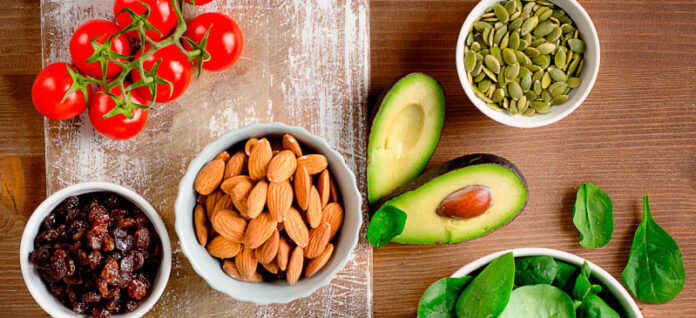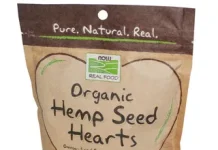Top 5 Foods High in Magnesium. Are you looking for ways to boost your energy and mood? If so, then you should consider adding foods high in magnesium to your diet.
Magnesium is an essential mineral for many bodily functions and can help to improve your energy levels, improve your mood, and even help to regulate blood pressure.
Table of Contents
Introduction:
Magnesium plays a crucial role in maintaining an adequate level of blood glucose levels and blood pressure, as well as in the proper functioning of the nervous system and muscles.
Maintaining overall health requires a balanced and varied diet. It’s important to make sure you’re getting enough magnesium, as it plays a vital role in the body. There are a variety of foods that are high in magnesium.
The Role of Magnesium in the Body:
There are more than 300 enzymatic reactions in the body involving magnesium, including those involved in the production and use of energy, synthesizing proteins and nucleic acids, regulating blood sugar levels, and keeping muscles and bones healthy.
Foods High in Magnesium:
Many foods are high in magnesium:
Leafy Green Vegetables:

Magnesium is found in large quantities in some leafy green vegetables:
A. Spinach
A cup of spinach contains 157 milligrams of magnesium or 39% of the daily recommended intake of magnesium. Spinach is also an excellent source of potassium, vitamin K, and folate.
B. Swiss Chard:
The Swiss chard is another high magnesium leafy green, containing 150mg, or 38% of the daily recommended amount, per cup. Also, Swiss chard contains vitamins C, K, and potassium.
C. Collard Greens:
A good source of vitamins A, C, and K, collard greens are also high in magnesium, providing approximately 24% of the daily recommended intake per cup.
Nuts and Seeds:
There is a significant amount of magnesium in nuts and seeds, making them a very nutritious food.
A. Almonds:
Providing 80 milligrams per ounce, almonds provide 20% of the daily recommended intake of magnesium. In addition, almonds are an excellent source of healthy fats, protein, and antioxidants.
B. Cashews:
There are many health benefits associated with cashews, including high levels of magnesium, which provide 74 milligrams, or 19% of your recommended daily intake per ounce, as well as high levels of healthy fats, protein, and antioxidants.
C. Pumpkin Seeds:
Pumpkin seeds provide 150 milligrams of magnesium per ounce, or 38% of the daily recommended intake, as well as healthy fats, protein, and antioxidants.
D. Sunflower Seeds:
Sunflower seeds provide 63 mg of magnesium per ounce, or 16% of the daily recommended amount, along with healthy fats, proteins, and antioxidants.
Whole Grains:
Whole grains are also an excellent source of magnesium
A. Brown Rice:
There are many health benefits related to brown rice, including magnesium, which provides 42mg, or 11% of the recommended daily intake, per cup. Brown rice is also a good source of complex carbohydrates, fiber, and antioxidants.
B. Quinoa:
Another whole grain that is rich in magnesium is quinoa, which contains 118 milligrams per cup, or 30% of the daily recommended intake. Quinoa is also a good source of protein, fiber, and antioxidants.
C. Oatmeal:
A cup of oatmeal provides 61mg of magnesium, which is 15% of the daily recommended amount. Additionally, it contains complex carbohydrates, fiber, and antioxidants.
D. Buckwheat:
A cup of buckwheat contains 34mg of magnesium or 9% of the daily recommended amount of magnesium. It also contains complex carbohydrates, fiber, and antioxidants.
E. Chickpeas:
This legume also provides 46mg of magnesium per cup or 12% of the daily recommended intake. Chickpeas are also a good source of protein, fiber, and antioxidants.
F. Lentils:
A cup of lentils provides 71 mg of magnesium, which is 18% of the daily recommended intake. They are also high in protein, fiber, and antioxidants.
G. Kidney Beans:
Several legumes are high in magnesium, including kidney beans, which contain 45 milligrams per cup, or 11% of your daily recommended intake.
Fish:
Seafood fish are full of vitamins and magnesium, and are one of the most nutritious foods available:
A. Salmon:
A 3-ounce portion of salmon provides 53 milligrams of magnesium or 13% of a person’s daily recommended intake of magnesium. Salmon also contains a good amount of omega-3 fatty acids, protein, and other essential nutrients.
B. Mackerel:
The mackerel is also an excellent source of magnesium, containing 42 milligrams, or 11% of the daily recommended intake, per three-ounce serving. It is also a good source of omega-3 fatty acids, protein, and other essential nutrients.
C. Tuna:
Providing 32 milligrams of magnesium per 3-ounce serving, tuna is a good source of magnesium, as well as other essential nutrients and proteins.
D. Sardines:

A 3-ounce serving of sardines provides 32 mg of magnesium, which is 8% of the daily recommended intake. Additionally, these fish are high in omega-3 fatty acids, protein, and other essential nutrients.
Dairy:
Magnesium can be found in milk, yogurt, and cheese as part of the daily diet:
A. Milk:
It is also a good source of calcium, protein, and other essential nutrients. Milk contains 24 mg of magnesium per cup or approximately 6% of the daily recommended intake.
B. Yogurt:
The protein, calcium, and probiotic content of yogurt make it a good source of magnesium. Yogurt provides 20 mg, or 5% of the daily recommended intake, per cup.
C. Cheese:
The magnesium content of cheese per ounce is 20mg or 5% of the daily recommended amount. It is also a good source of calcium, protein, and other essential nutrients.
FAQs
How does magnesium help my body?
A proper magnesium intake is essential for muscle and nerve function, heart health, and blood sugar regulation. It is also essential for energy production, protein synthesis, and bone growth.
How much magnesium should I consume daily?
Magnesium is recommended for adults in the range of 400-420 milligrams per day.
Conclusion:
Many bodily functions rely upon magnesium. Leafy green vegetables, nuts, seeds, whole grains, and almonds are some of the best sources of magnesium.





